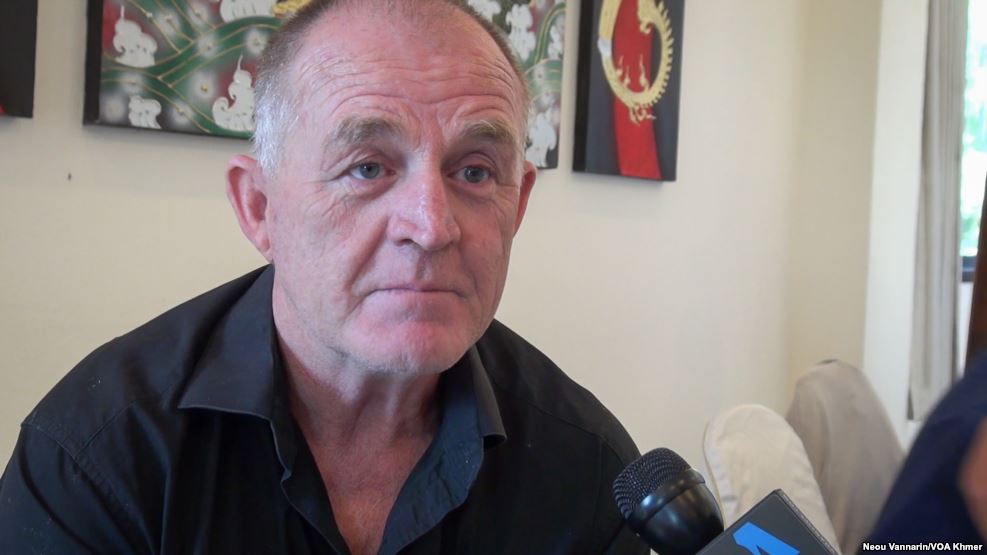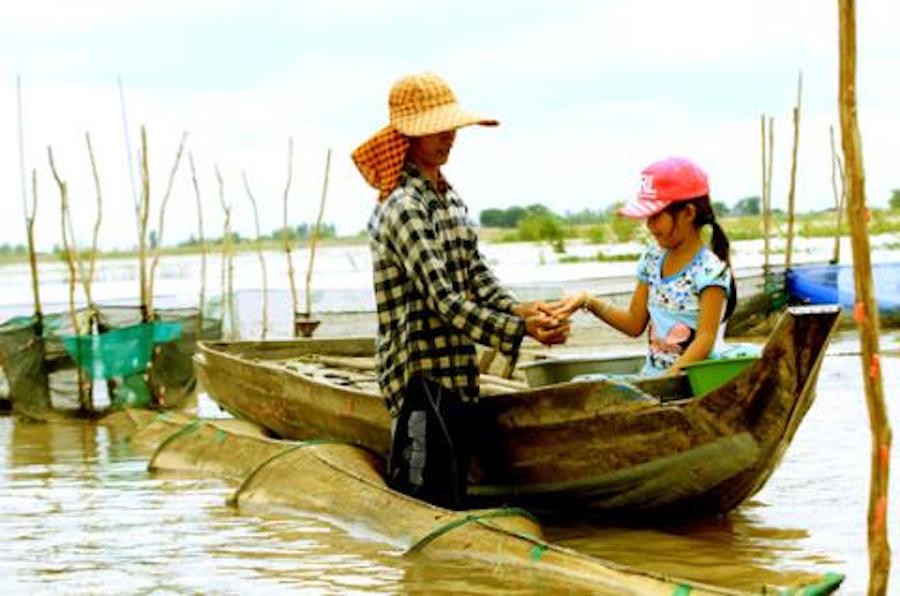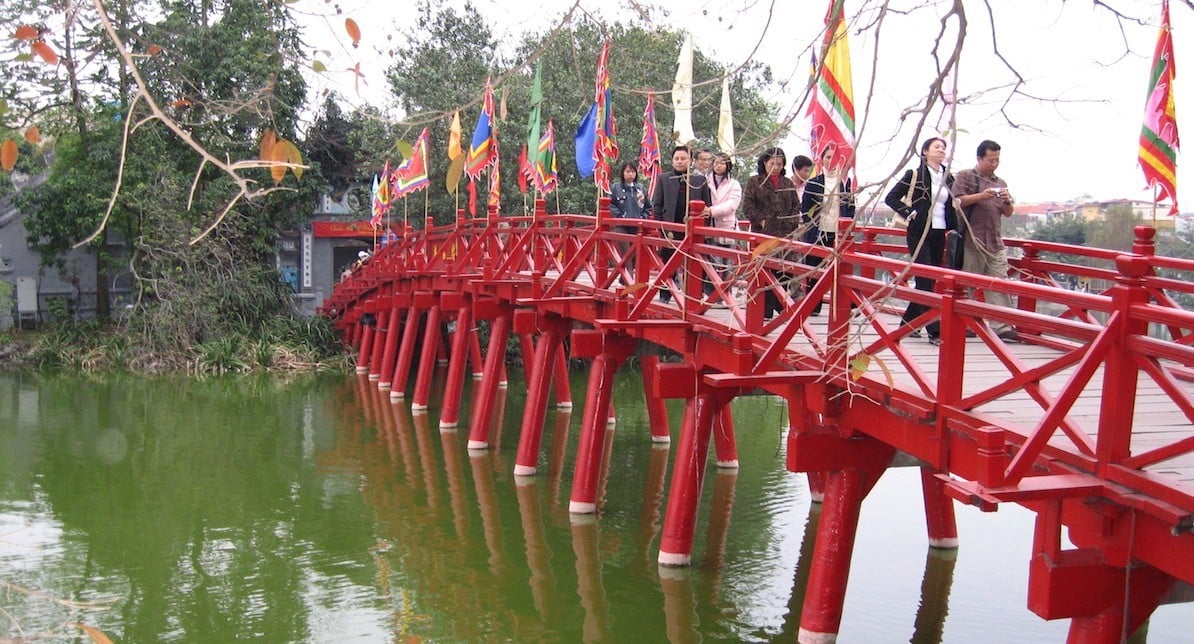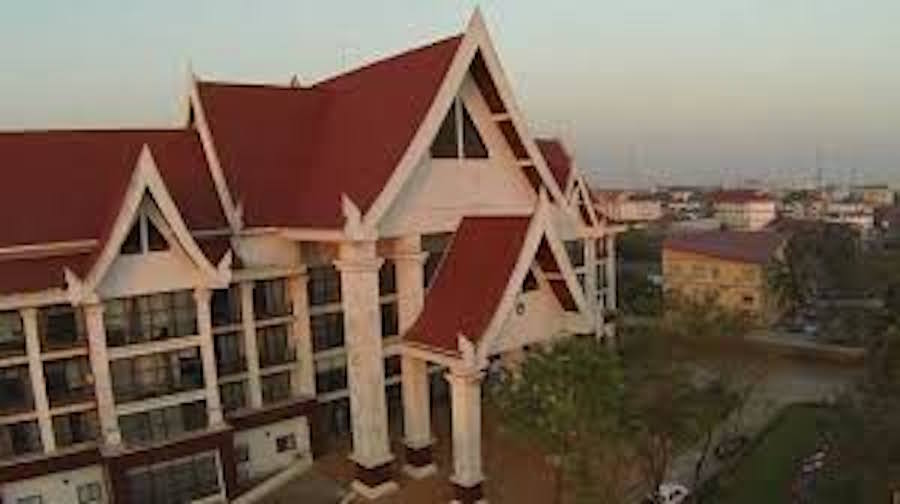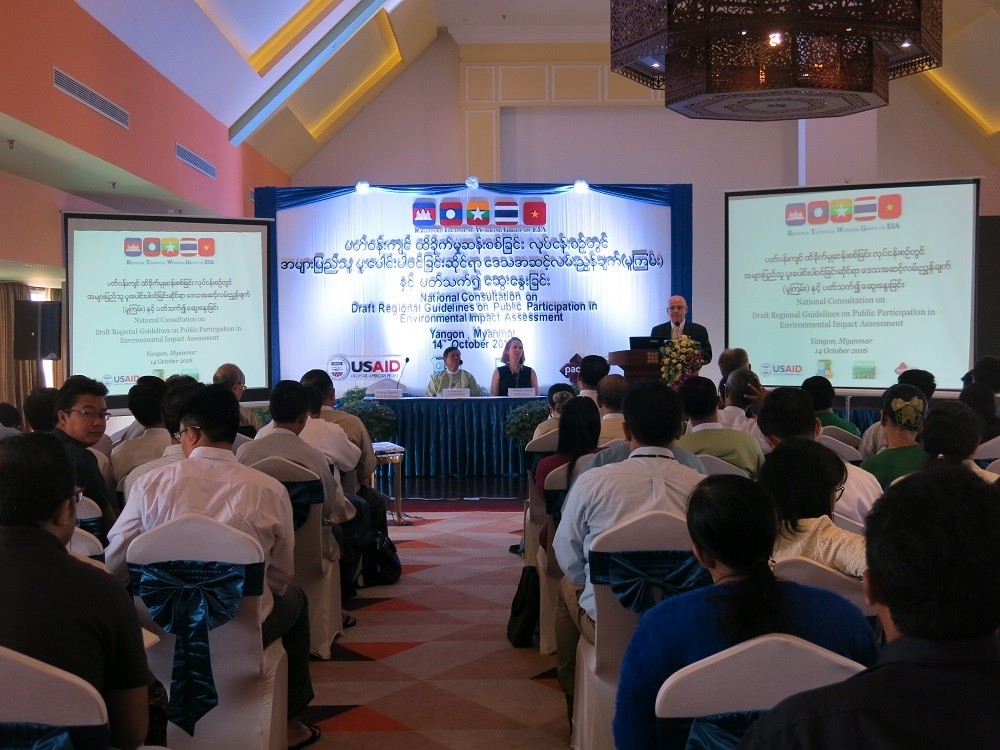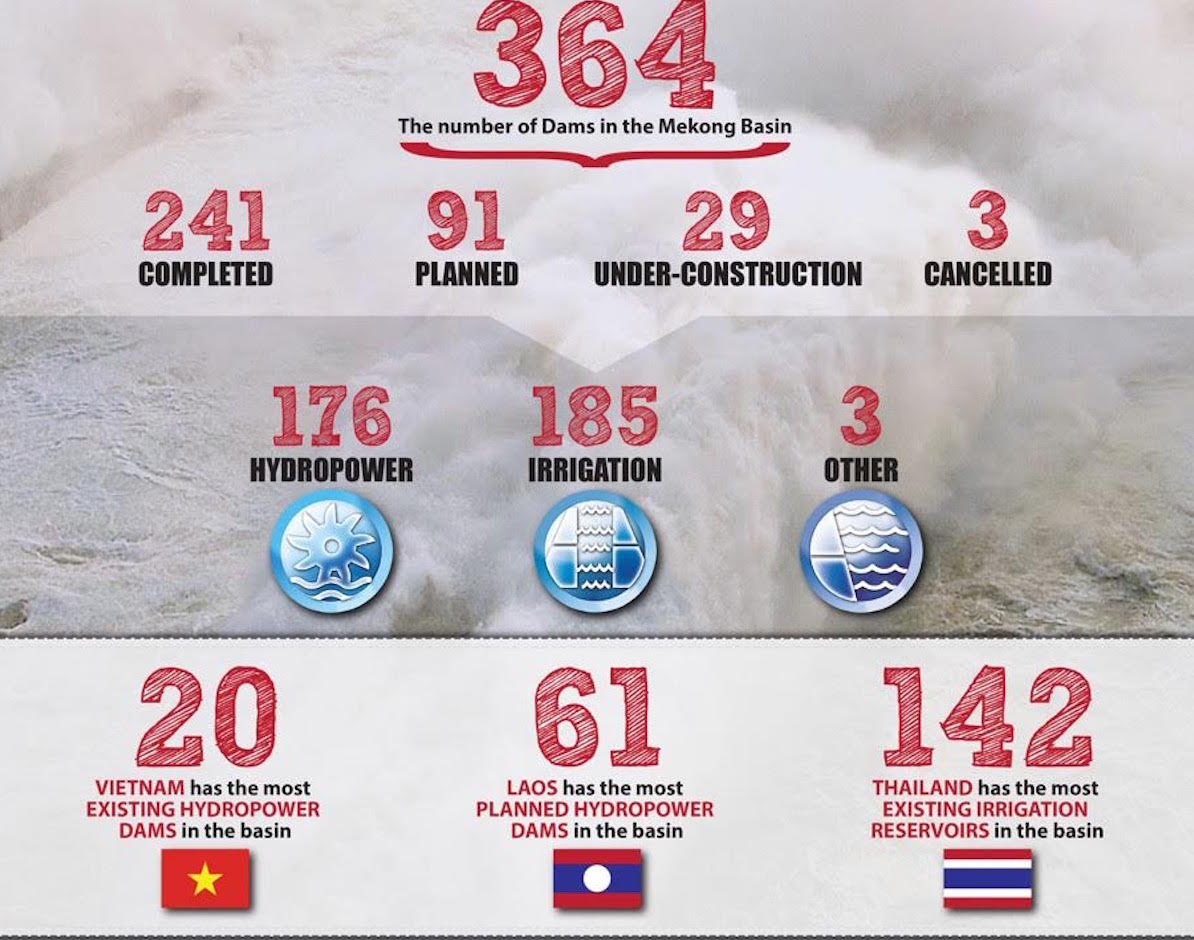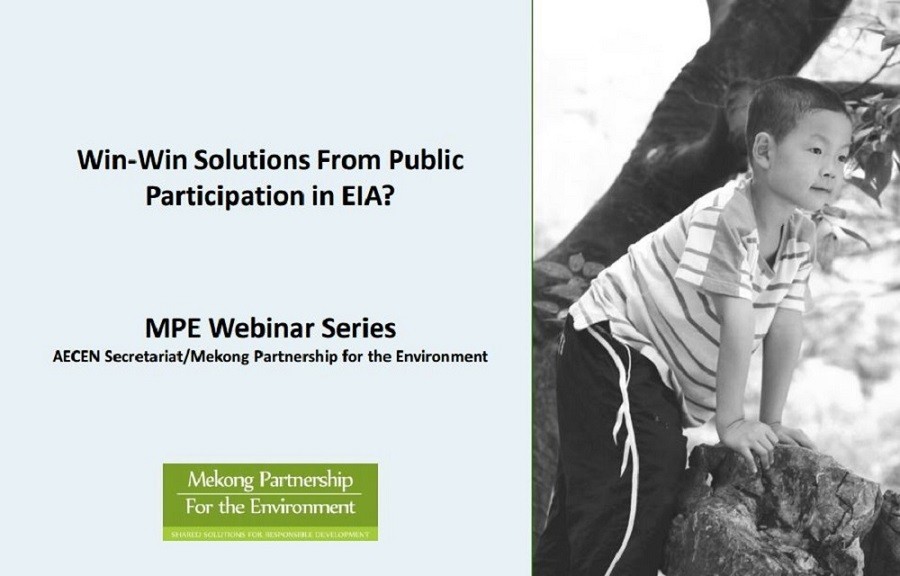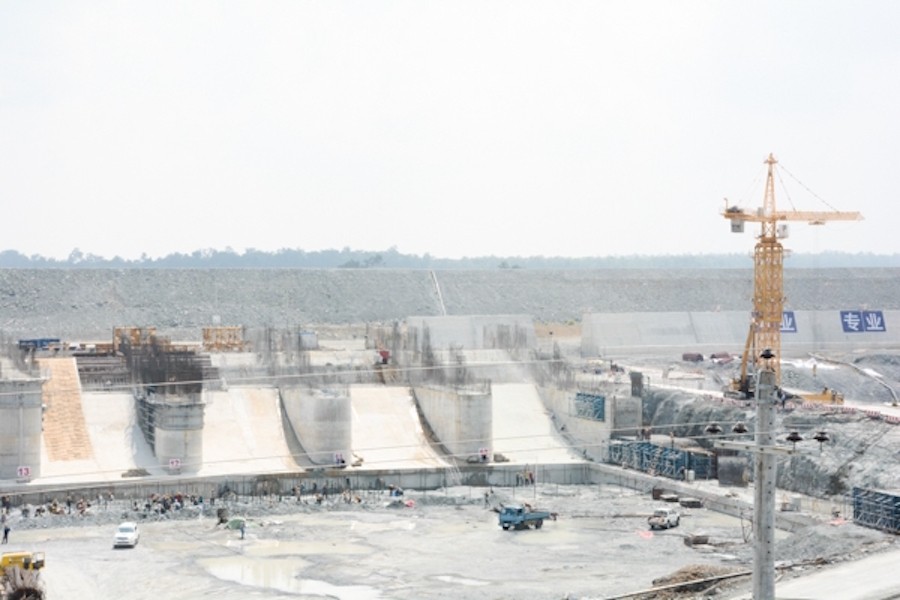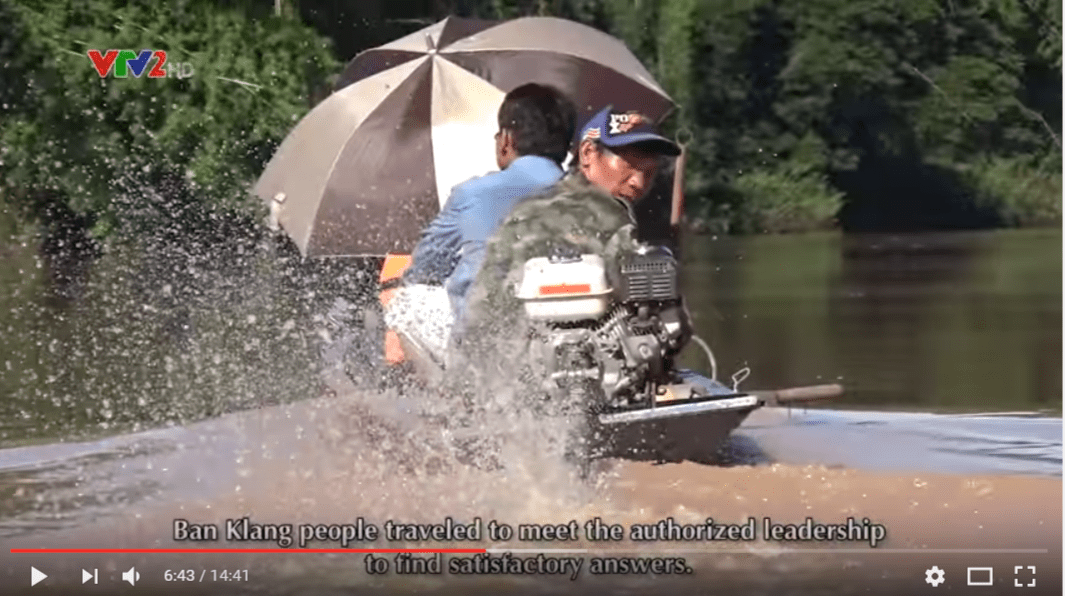Dr. John Ward is a research scientist at the Mekong Region Futures Institute specializing in integrated natural resource management. He spoke with VOA’s Neou Vannarin about the future of the Mekong, the effects of climate change, hydropower development, and the impact on the environment and people of the region.
Category: Mekong
Government urged to work with Cambodia on solutions to water resources
Scientists have urged the Vietnamese government to cooperate with Cambodia and draw up a plan to take full advantage of water resources.
Vietnam playing ‘key Mekong sub-region role’
VIETNAM has been making practical contributions to turning the Mekong sub-region into a dynamic and prosperous economic area via two crucial cooperation frameworks. That is according to the country’s Deputy Prime Minister and Foreign Minister Pham Binh Minh, who spoke before meetings of those cooperations, the 8th Cambodia-Laos-Myanmar-Vietnam Summit (CLMV-8) and the 7th Ayeyawady-Chao Phraya-Mekong Economic Coopera-tion Strategy Summit (ACMECS-7) which will be held in Hanoi on October 25 and 26.
Luxembourg offers 1 million euros grant to Mekong River Commission
THE government of Luxembourg has granted 1 million euros (about Bt39 million) to the Mekong River Commission (MRC) to support the implementation of its strategic work for the period of 2016-2020.
Myanmar government and civil society hold landmark consultations on public participation in infrastructure development
Representatives from government and civil society jointly held the first-of-its-kind public consultations in Yangon to solicit feedback on draft Regional Guidelines on effective Public Participation in Environmental Impact Assessment processes. When finalized, the guidelines will help ensure that the voices of local people are heard about large-scale infrastructure development projects, such as dams, mines, power plants, and industrial zones, planned in their communities.
From dams to basins: mapping across scales
t the end of June 2016, WLE Greater Mekong published a series of maps identifying dams on the Irrawaddy, Salween, Mekong, and Red rivers and their tributaries. The maps cover existing dams, dams under construction, planned dams, and cancelled dams; both irrigation dams and hydroelectric dams are mapped, as long as they have a reservoir size of at least 0.5 km2 and/or have an installed capacity of at least 15 megawatts (for hydroelectric dams).
The following is the first half of an interview that took place on 8 July 2016, between Dr Kim Geheb—the WLE Greater Mekong Regional Coordinator — and the editor of Thrive. It is being published here in anticipation of the Great Mekong Forum on Water, Food, and Energy.
WB helps build environment data centre in Mekong Delta
Experts from ministries and the World Bank discussed the contents of a project on building a databse serving climate change adaptation in the Mekong Delta region at a workshop in Hanoi on October 5.
Regional EIA Experts learned ‘Win-Win’ Solutions from Public Participation in EIA in 4th MPE Webinar
Asian Environmental Compliance and Enforcement Network (AECEN) in collaboration with Mekong Partnership for the Environment (MPE) organized the Fourth MPE Webinar Series on Win-Win Solutions from Public Participation in Environmental Impact Assessment on 30th August 2016, hosted by Dr. Peter King. Over 28 Government officials from the EIA department, CSOs along with other EIA Practitioners across Asia and representatives from development partners registered for this event.
Lower Sesan II Dam on Schedule
The Lower Sesan II dam is expected to generate electricity as planned by 2017, filling a power void in the country as national grid construction is under way, according to the deputy provincial governor of Stung Treng.
Risks from Mekong River water transfer
Mekong River originates from China and flows through six countries, of which Vietnam is located in the lower part. In recent times, many hydropower dams have risen upstream, making 55% of the river length into a reservoir blocking the water flow further downstream.
The pressure in terms of water on the Mekong River downstream region is growing ever bigger when the water transfer projects to dry regions have been set up.


